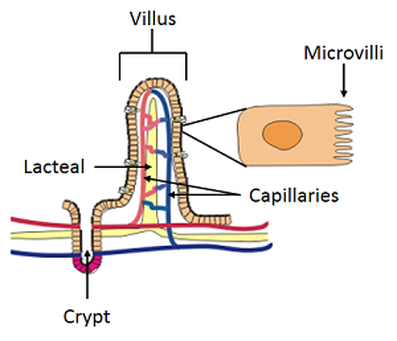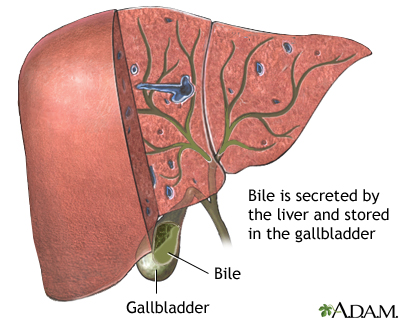I hope you like reading :)
Food goes from… the mouth → oesophagus (gullet) → stomach → small intestine → large intestine → anything that is not digested goes out the body through the anus
The mouth mechanically breaks up the food into physically smaller bits. This is then moved down the oesophagus through a movement known as peristalsis. From there, it goes through the stomach. The sphincter between the end of the oesophagus and the stomach opens as the food goes through. The (very strong) acid in the stomach further breaks down the food chemically. From there, it goes into the duodenum where pancreatic juices (from the pancreas) are added to the food and digestive enzymes are also secreted by the pancreas, which speed up the breaking down of the food. Bile is added to neutralise the “mixture”, as it was highly acidic after leaving the stomach. The nutrients from the food are absorbed in the small intestine thanks to the hundreds of thousands of villi that line the small intestine walls, whose large surface area helps the nutrients dissolve quickly into the blood stream. From here, any remaining food goes through the large intestine, where the water is absorbed. Any undigested substances are excreted.
 |
| Figure 1: Human digestive system |




